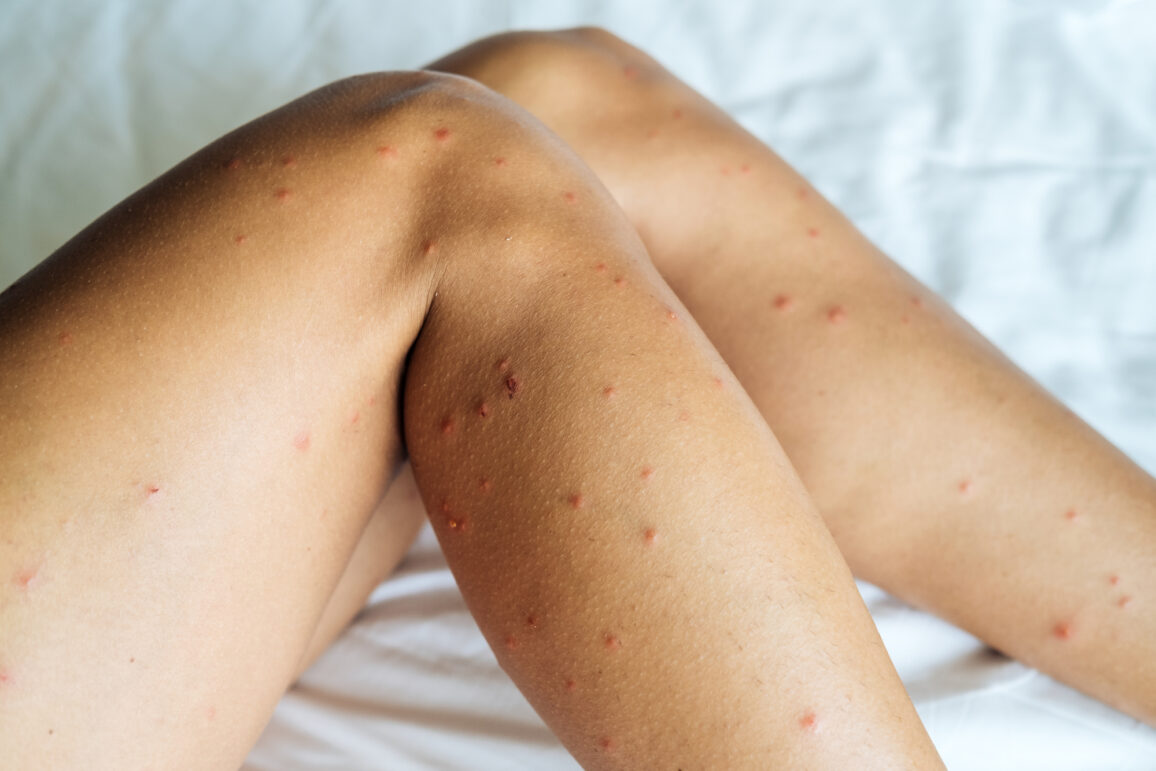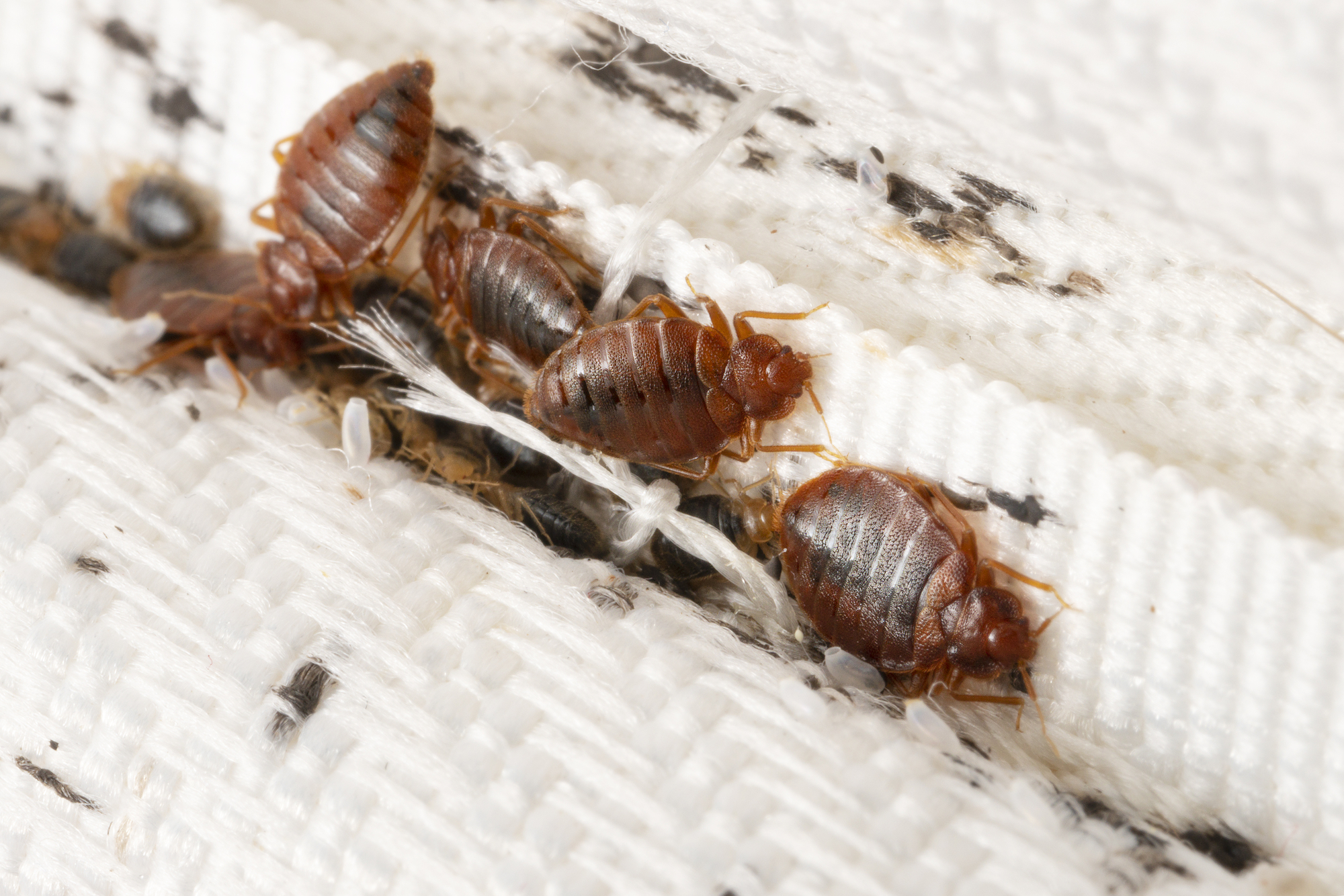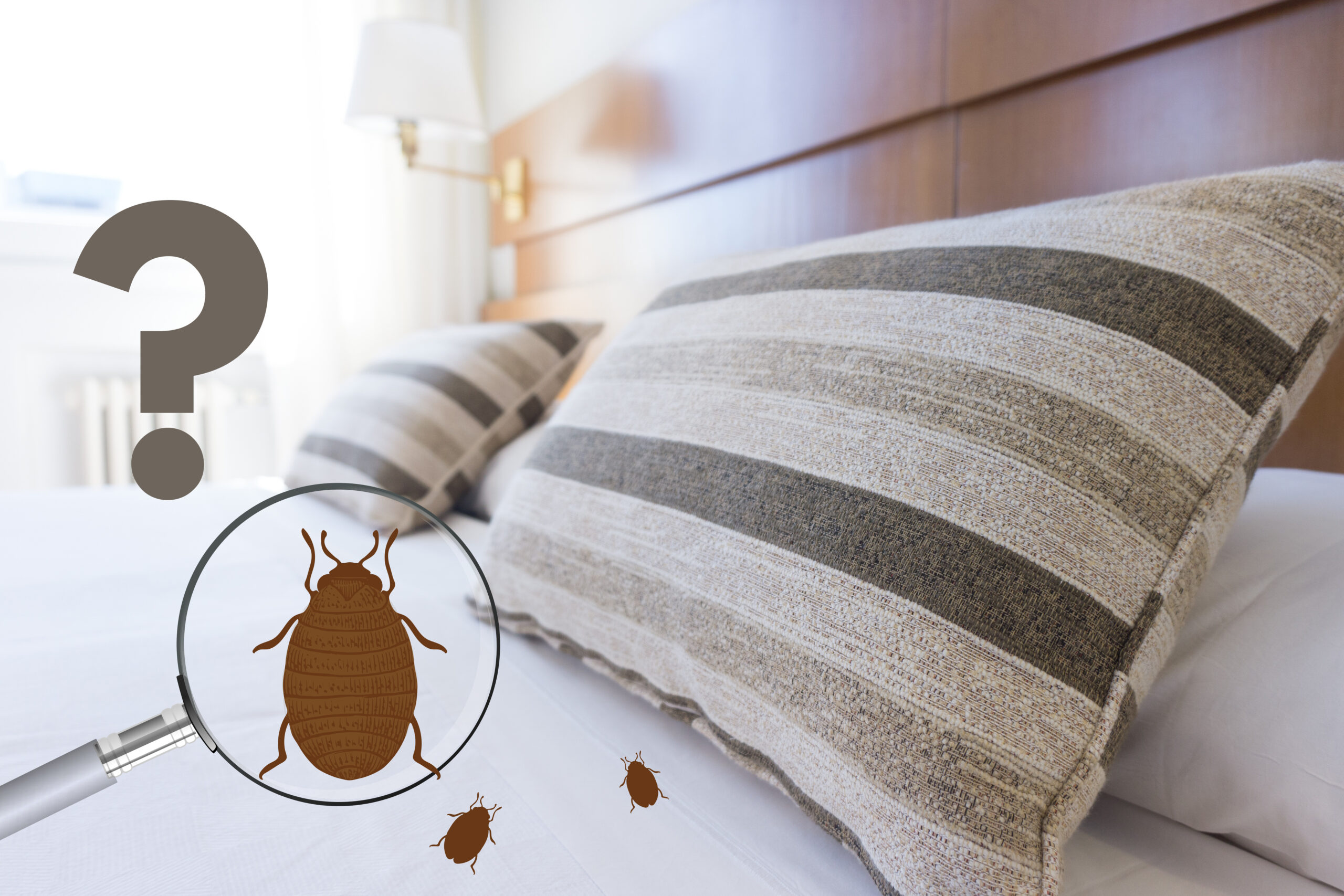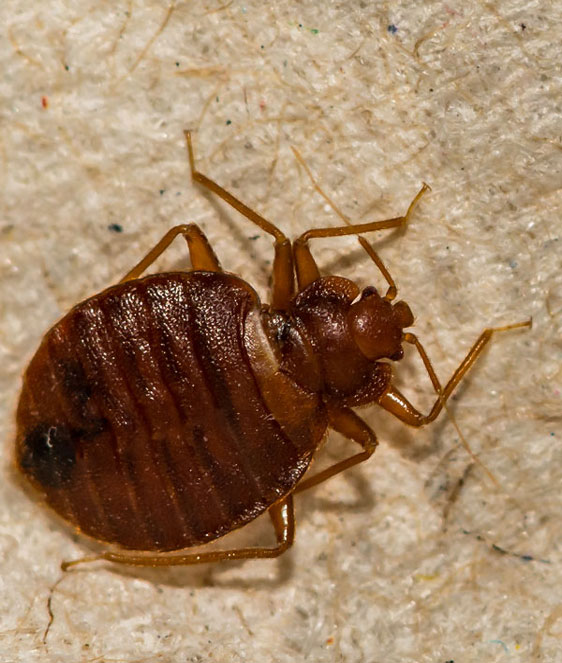Bed bug bites and shingles are distinct skin conditions with different symptoms. Accurate identification is crucial. Bed bug bites appear as pink, swollen, itchy lesions, sometimes in a linear pattern, possibly leading to blisters in hypersensitive individuals. Shingles, on the other hand, cause a painful rash with blisters, often on one side of the body in a stripe pattern but can appear anywhere. Differentiating them is vital as treatment methods vary: bed bug bites with topical creams and antihistamines, shingles with antiviral meds and vaccination. Seeking professional help for diagnosis and management is recommended, especially as bed bug bites can be mistaken for hives or eczema.

Key Takeaways
- Bed bug bites and shingles have distinct appearances.
- Bed bug bites can cause itching and swelling, while shingles present as a painful, burning rash with blisters.
- Bed bug bites may cause no symptoms or signs in some individuals, while shingles can also cause no symptoms or signs in some individuals.
- Bed bug bites can result in pink, swollen, and itchy lesions, while shingles rash is accompanied by blisters.
Bed Bug Bites Appearance
They are typically characterized by itching and swelling. They may result in pink, swollen, and itchy lesions, which can have a clear centre and small puncture points. In some cases, individuals with hypersensitivity to bed bugs may develop blisters. On the other hand, shingles present as a painful, burning rash with blisters. The rash is often in a stripe on one side of the body and is accompanied by blisters.
Symptoms and Signs
The symptoms and signs of the two conditions can help differentiate between them. it may cause no symptoms or signs in some individuals, while others may experience pink, swollen, and itchy lesions. It is important to note that they can have a delayed reaction, with symptoms appearing hours or even days later. Sequential feedings by bed bugs can result in a linear track of lesions, although this does not always occur.
Distinct Characteristics
it’s, typically appear as pink, swollen, and itchy lesions. They may also have a clear centre and small puncture points. In some cases, it can result in a linear track of lesions, although this is not always the case. On the other hand, shingles rash presents as a painful, burning rash with blisters. The rash is usually limited to one side of the body and often follows a stripe pattern.
Linear Track of Lesions
One potential clue for differentiating between bed bug bites and shingles is the presence or absence of a linear track of lesions. Bed bug bites can sometimes result in a linear pattern of lesions on the skin, especially when the bed bugs feed in a sequential manner. However, it is important to note that this linear track of lesions does not always occur with bed bug bites.
Causes of linear track of lesions in bed bug bites are due to the feeding behaviour of bed bugs. When bed bugs feed, they typically bite multiple times in a row, resulting in a linear pattern of bites on the skin. However, it is important to note that not all bed bug bites will result in a linear track of lesions, as their feeding patterns can vary.
Blisters and Hypersensitivity
Blisters may form in those hypersensitive to bed bug bites. These fluid-filled blisters can intensify discomfort and itching. However, not everyone reacts this way; it varies based on individual immune responses. Unlike bed bug bites, shingles rash blisters are not related to hypersensitivity but are characteristic of the condition itself. Identifying blisters correctly is crucial due to potential diagnostic challenges, as they can occur in various conditions. Consulting a medical professional for accurate diagnosis and treatment is essential.
Delayed Reactions
Delayed reactions to skin conditions can make it challenging to identify and diagnose the source of the symptoms, with studies showing that bed bug bites may not manifest until several days after being bitten. This delayed identification can lead to confusion and misdiagnosis, as individuals may not immediately associate their symptoms with bed bug bites. Additionally, the delayed onset of symptoms can make it difficult to pinpoint the exact source of the infestation, further complicating the identification process.
Areas of Occurrence
Bed bug bites and shingles can occur on different parts of the body. Bed bug bites are typically seen on exposed areas during sleep, like the arms, shoulders, neck, and legs, as bed bugs feed at night. However, they can also appear elsewhere in clusters or scattered patterns. Shingles rash, on the other hand, isn’t confined to specific sleeping areas and can appear on various parts of the body, usually on one side. Risk factors for bed bug bites include exposure to infested environments, while shingles risk factors involve a prior infection with the varicella-zoster virus. Recognizing where these conditions occur can help distinguish between them and guide treatment.
Mistaken Identity
It is not uncommon for individuals to misdiagnose skin conditions, leading to confusion between bed bug bites and shingles. To avoid such misinterpretations, it is crucial to be aware of the distinguishing factors between the two. Here are some common misdiagnoses and key distinguishing factors to consider:
- Insect bites: Bed bug bites can be mistaken for other insect bites, such as mosquito or flea bites. However, unlike bed bug bites, shingles rash is distinct and easily recognizable.
- Skin conditions: Conditions like hives and eczema may resemble bed bug bites. Nevertheless, shingles rash is characterized by a specific pattern and distribution.
- Proper diagnosis: To ensure appropriate treatment, it is essential to seek medical professionals who can accurately diagnose skin conditions. They can differentiate between bed bug bites and shingles through their expertise and knowledge.
Treatment Approaches
Treatment approaches for bed bug bites and shingles vary significantly, necessitating distinct management strategies for each condition. Bed bug bites can typically be managed with topical creams and antihistamines to alleviate itching and swelling. Additionally, eliminating bed bugs through professional pest control services and practising proper hygiene, such as regularly washing bedding and vacuuming, is crucial for prevention. On the other hand, shingles require antiviral medications to reduce the severity and duration of the rash and to alleviate pain. Consulting with a healthcare professional is recommended for both conditions to ensure accurate diagnosis and appropriate treatment.
Frequently Asked Questions
Can bed bug bites and shingles be easily distinguished by appearance alone?
Bed bug bites and shingles can be distinguished by appearance alone. Bed bug bites present as pink, swollen, and itchy lesions with small puncture points. Shingles, on the other hand, is a painful, burning rash with blisters that typically occurs in a stripe on one side of the body.
Are bed bug bites more likely to cause itching and swelling compared to shingles?
Bed bug bites are more likely to cause itching and swelling compared to shingles. While bed bug bites result in pink, swollen, and itchy lesions, shingles present as a painful, burning rash with blisters.
Do bed bug bites always result in linear tracks of lesions?
Bed bug bites do not always result in linear tracks of lesions. While sequential feedings by bed bugs can lead to a linear pattern, this is not always the case. Shingles typically present as a painful, burning rash with blisters and do not cause a linear track of lesions.
Can shingles rash appear on areas of the body that are not typically exposed while sleeping?
The shingles rash can appear on non-exposed areas of the body. For example, a case study reported a patient with a shingles rash on their abdomen, which is not typically exposed while sleeping. This distinguishes shingles from other rashes.
Is there a specific test or diagnostic tool to accurately differentiate between bed bug bites and shingles?
There are no specific diagnostic tools to accurately differentiate between bed bug bites and shingles. Diagnosis is typically based on clinical presentation and medical history. Consultation with a healthcare professional is recommended for accurate identification and appropriate treatment.
You may also enjoy reading this article
Was This Article Helpful?
- Please provide feedback and comments to help us improve our content.
- Share your experiences and any additional tips you have for dealing with pests.
Share this Post



